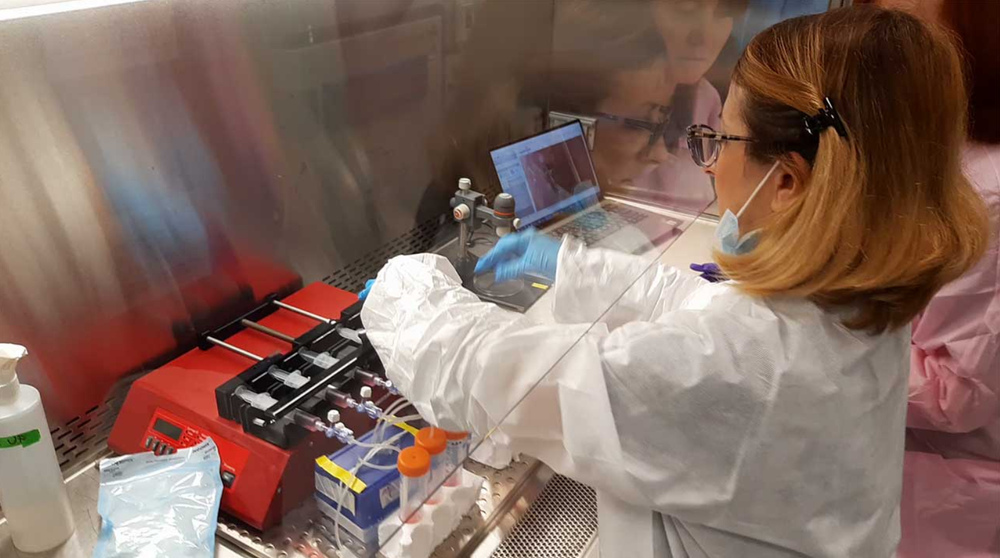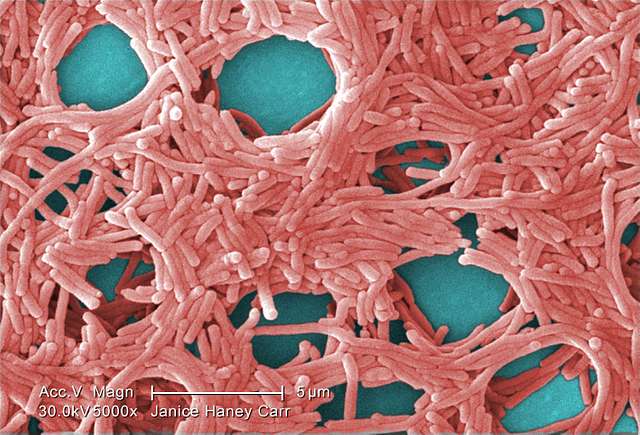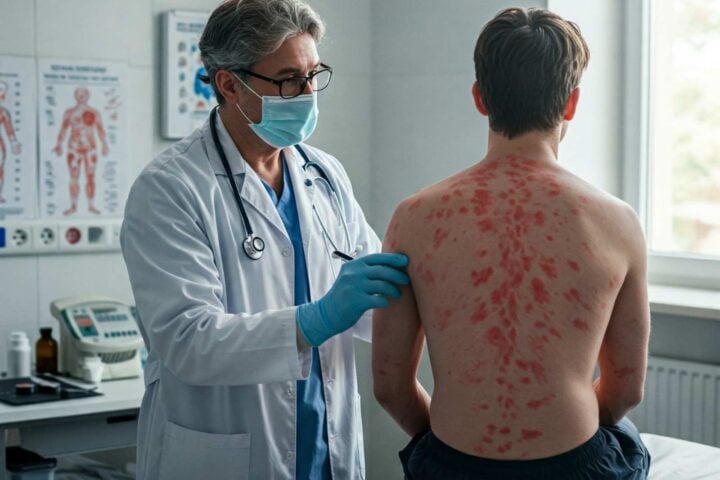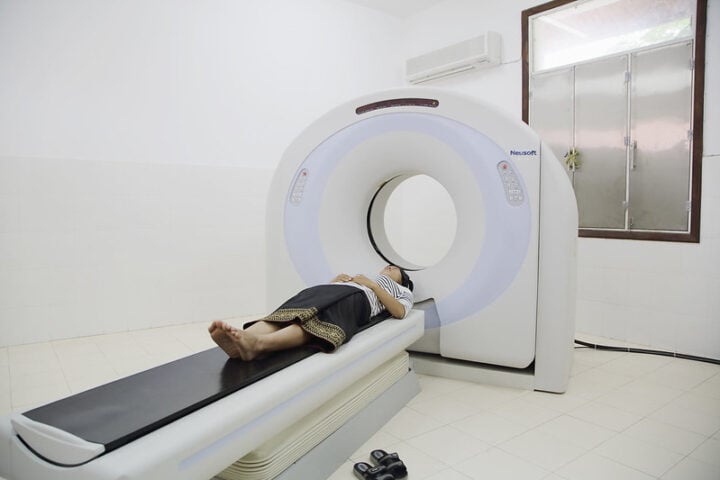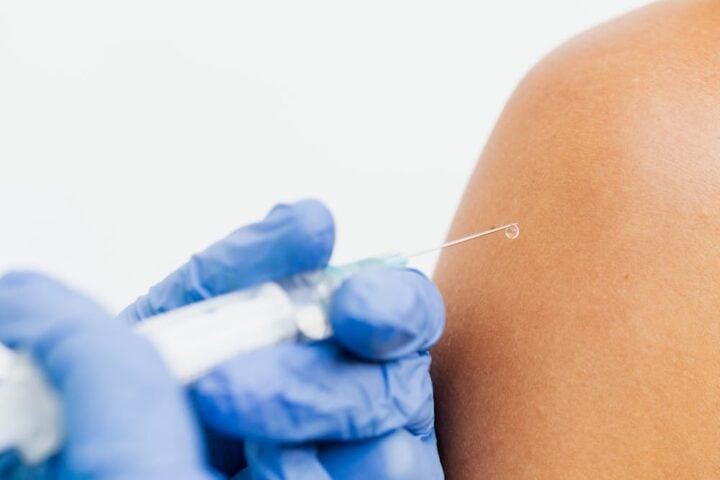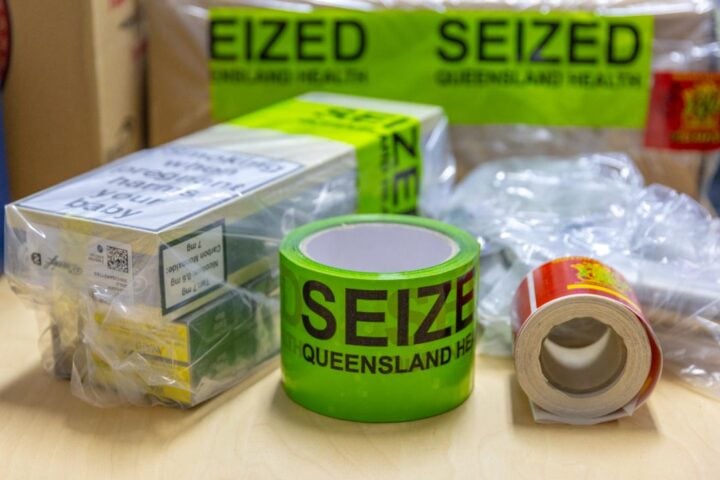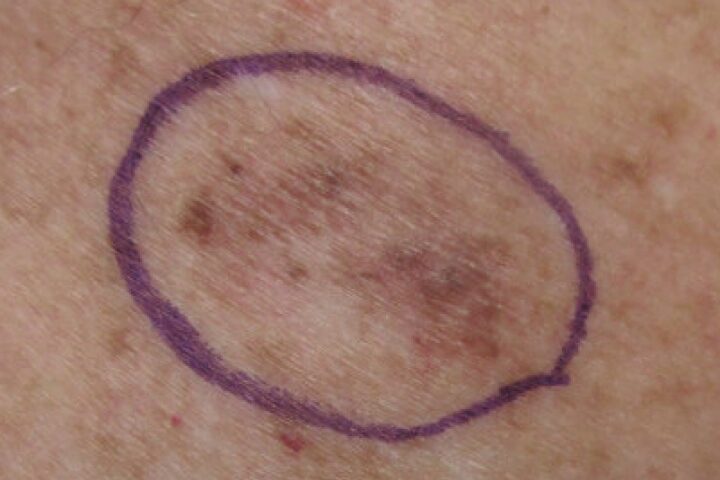More than 50 million people worldwide suffer from sarcopenia, an age-related condition causing muscle loss, weakness, and increased risk of falls and fractures1. Until now, exercise has been the only treatment option for this debilitating condition. However, groundbreaking research conducted aboard the International Space Station (ISS) National Lab has opened up new possibilities for studying and treating sarcopenia.
Researchers at the University of Florida, led by Siobhan Malany, associate professor in the College of Pharmacy, have successfully modeled age-related muscle loss using innovative tissue chip technology in the microgravity environment of the ISS1. This unique research platform allows scientists to study muscle deterioration on an accelerated timescale, providing valuable insights into the mechanisms behind sarcopenia that cannot be obtained on Earth.
Malany emphasized the significance of this space-based research in the latest issue of Upward, the ISS National Lab’s official magazine, stating, “Through insight, we gather from microgravity, we can understand not just the end result of [sarcopenia], but really look at the progressive change in young and old cells to see what happens as cells age.”
The muscle tissue chips, engineered using skeletal muscle cells from young, active adults and older, sedentary individuals, were developed through a series of NIH-funded investigations. Some tissue chips even included electrodes to stimulate muscle contraction, closely mimicking real-world conditions. The results were astounding – in microgravity, several genes associated with human muscle aging on Earth were upregulated in the tissue chips containing cells from young, active adults1. This finding confirms that the space-based muscle tissue chip system accurately models age-related muscle loss, providing researchers with a powerful tool to understand sarcopenia and test potential new treatments better.
Similar Posts
Initial findings from this groundbreaking study have already been published in the prestigious journal npj Microgravity, with several additional publications currently in the works. Malany’s compelling results also earned her a well-deserved award at the 2024 ISS Research and Development Conference, further underscoring the significance of this research.
The implications of this work extend far beyond the realm of scientific curiosity. With sarcopenia affecting millions of people globally, the development of new, targeted treatments could significantly improve the quality of life for those suffering from this condition. By leveraging the unique microgravity environment of the ISS National Lab, researchers can now study muscle loss mechanisms more effectively and efficiently, paving the way for innovative therapies that address the underlying causes of sarcopenia2.
As our population continues to age, the need for effective sarcopenia treatments becomes increasingly urgent. Current approaches, which primarily focus on exercise and resistance training, are not always feasible or sufficient for all individuals affected by this condition. The ISS National Lab-sponsored research conducted by Malany and her team offers a promising new avenue for developing targeted interventions that could revolutionize the way we treat and manage age-related muscle loss.
